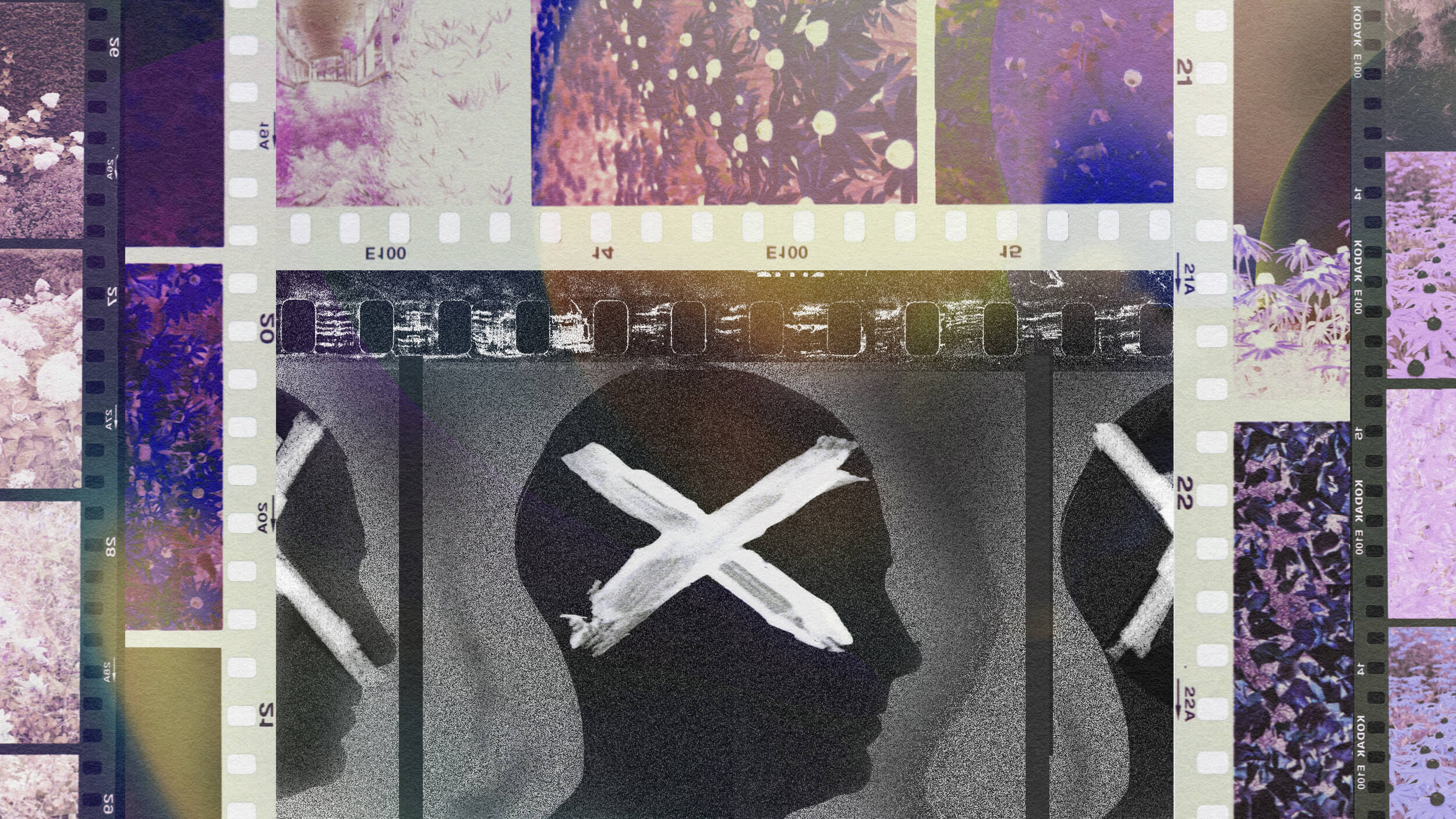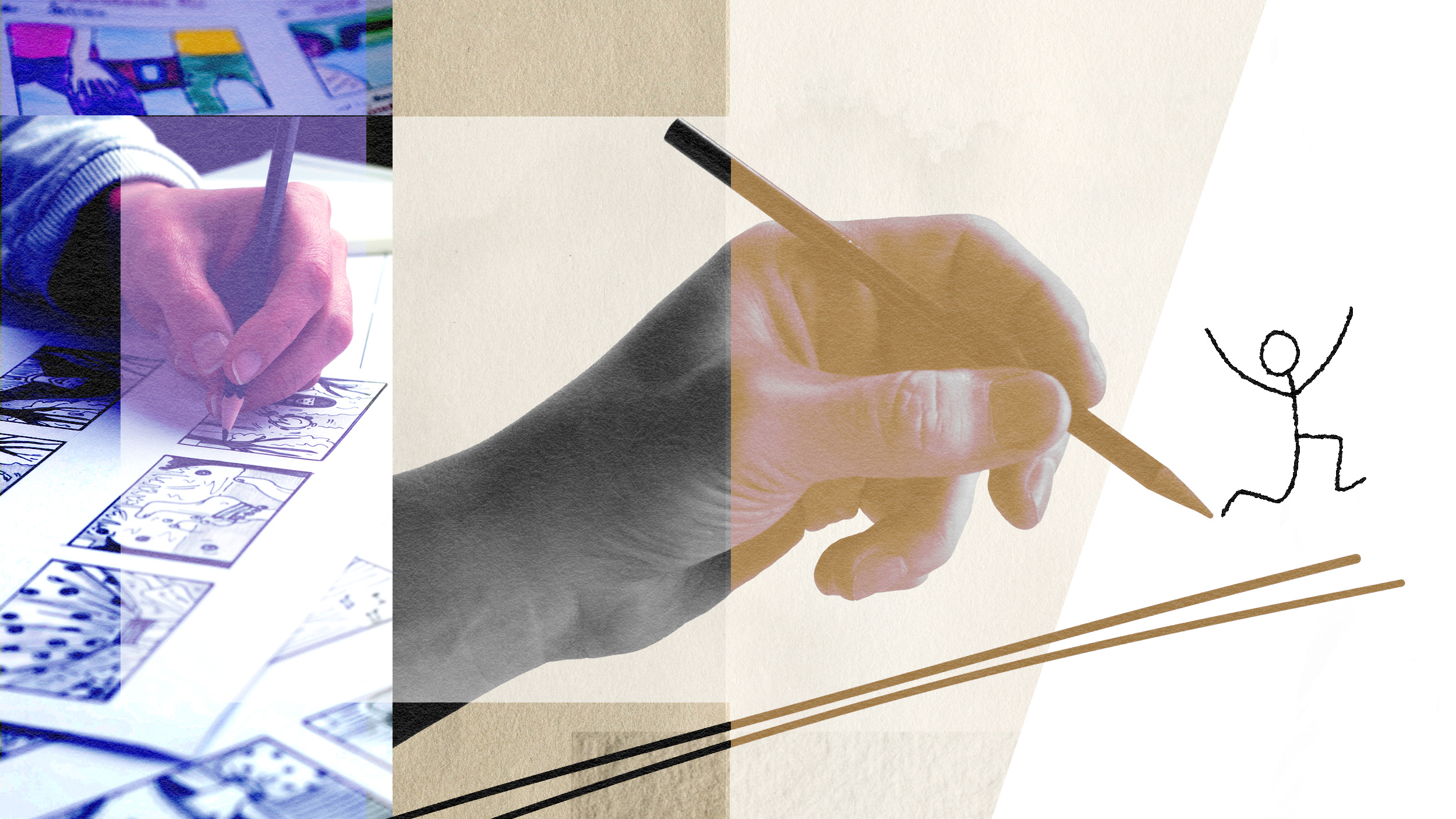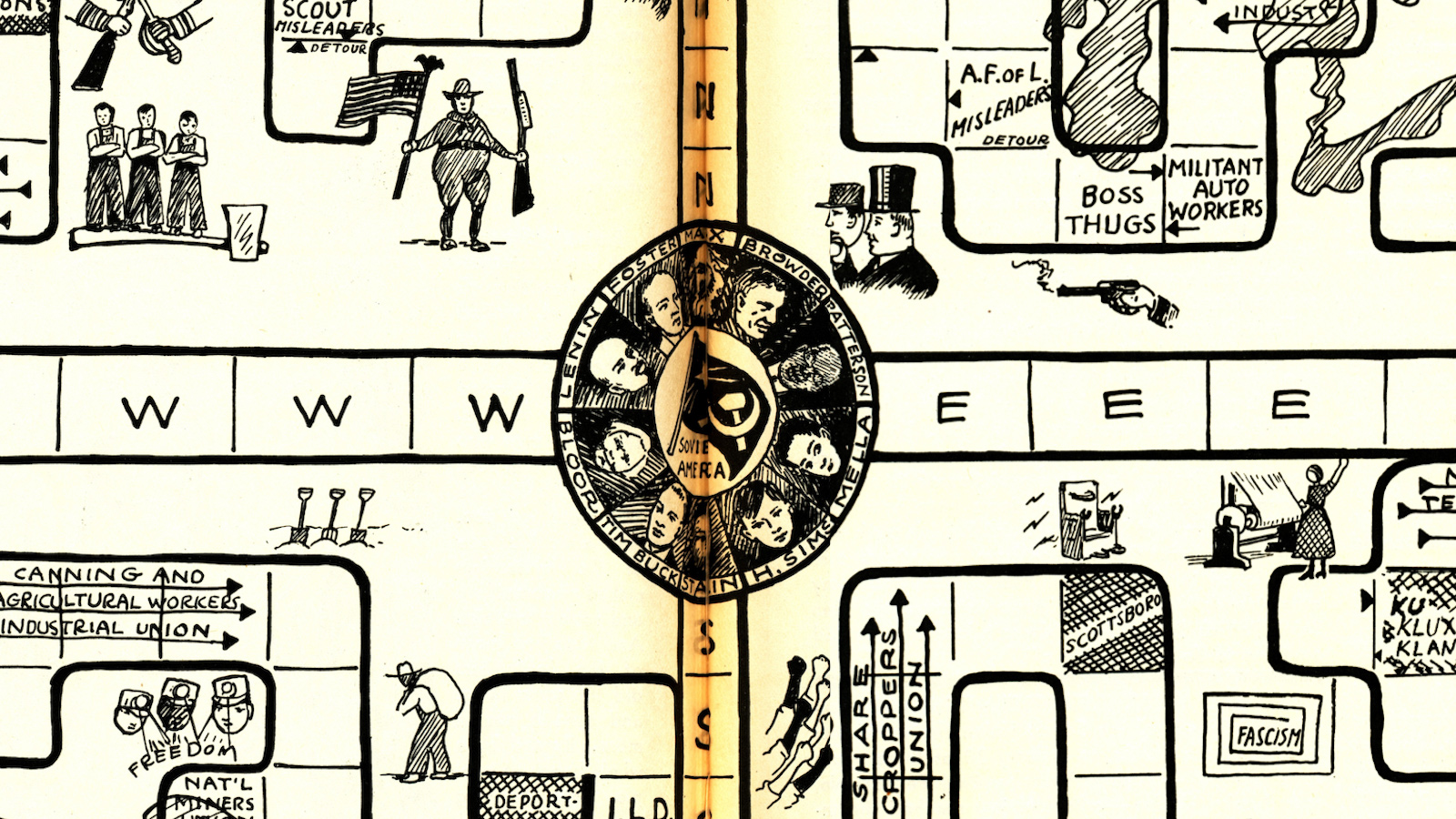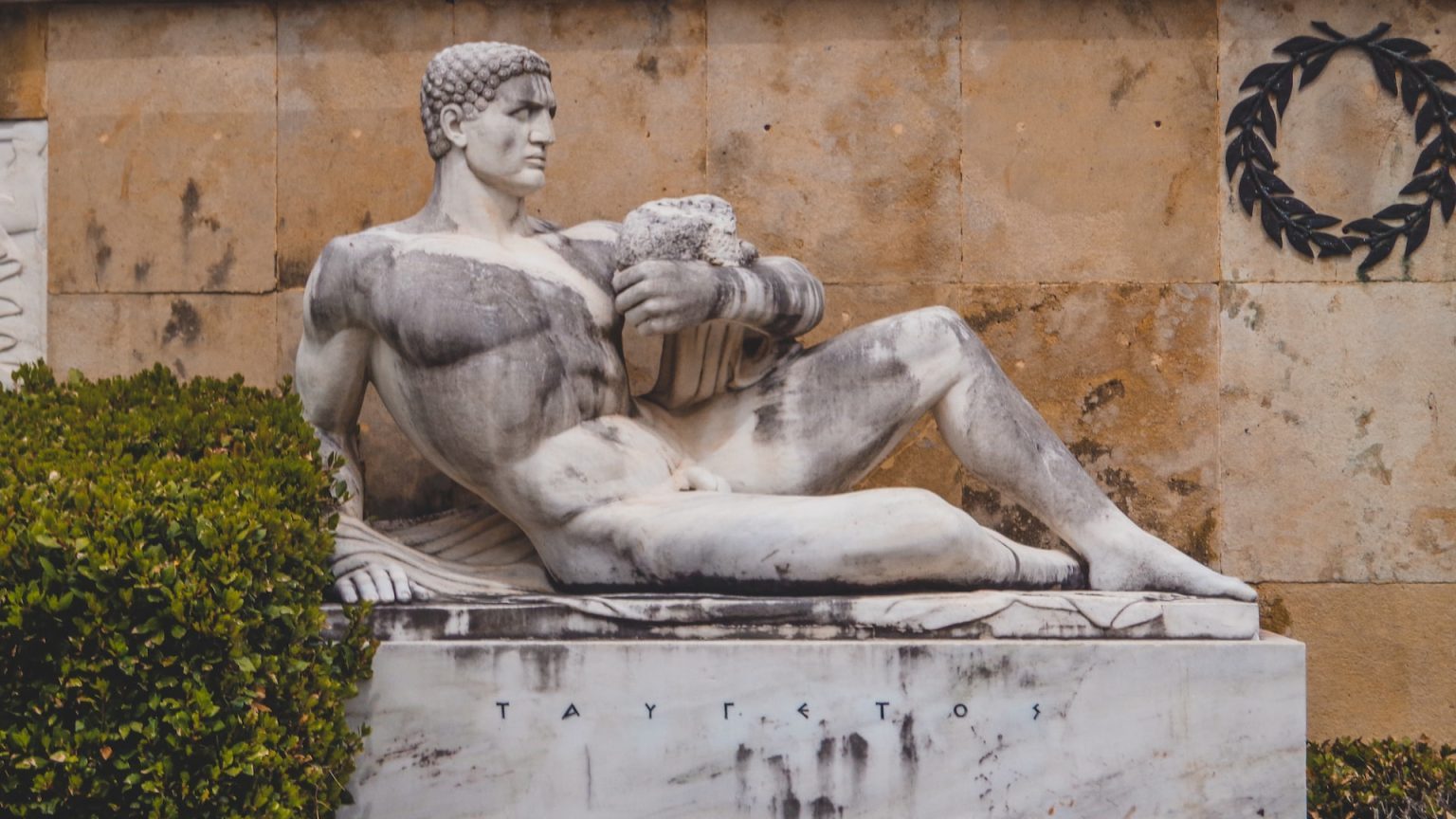How U.S. Immigration is Embracing Diplomacy Through the Arts

Summertime is generally considered the height of festival season. That means everything from multi-artist concertpaloozas to glossy film festivals to avant-garde art installations. As artists and performers from around the world are hoping to participate, the American government is looking to assist in this cultural exchange in a way not seen for some time.
In perhaps their biggest diplomatic gesture in some time, U.S. Immigration has granted a Visa to Cuban singer Silvio Rodriguez. An artist synonymous with Castro’s Cuba, Rodriguez will be performing across the country for the first time in decades, including a June performance at New York’s Carnegie Hall. Considering Rodriguez’s sing-song praises of Che Guevara, the Visa signifies a serious loosening of immigration policy when it comes to Cuban artists. Factoring in the 2008 performance in North Korea by the New York Philharmonic, not to mention a failed attempt at performing in Cuba, the arts certainly seem to be an emerging diplomatic tool with some of the regimes the U.S. government has vilified over the years.
That softening appears to be happening primarily with Cuba, as demonstrated by Sylvio Rodriguez’s Visa. This summer will also see stateside performances from Cuban ballerina Alicia Alonso (pictured), who was recently granted a Visa to perform in the United States, according to the National Ballet of Cuba. With Cuban musician Carlos Varela performing in the United States for the first time in eleven years and the U.S.-Cuba Cultural Exchange encouraging more performances, there are signs of a U.S.-Cuba thaw that some say is long overdue.
As recently as a few years ago, this process was considerably harder. In the past ten to fifteen years, filmmakers from Iran and artists from Cuba have been denied Visas to showcase their work in the United States. Over time, the process of issuing artist Visas became increasingly restrictive. By the time Welsh harpists and Celtic musicians were having trouble coming into the United States, the stricter policies came under fire. More recently, Australia came under fire for refusing Visas to North Korean artists and Iranian-French artist Ghazel used Skype to attend a film festival in Virginia after being refused a Visa.
But as cultural exchange programs have seen impressive growth in the past year or two, the U.S. government has begun making it easier for artists from certain countries to come to America. U.S. embassies around the world have assisted in these cultural exchanges by backing artist tours and showcasing American culture. With symposia exploring cultural exchanges both in America and abroad, signs are that the arts might be a prime diplomatic tool worth exploring. Considering the sudden popularity of Iranian artists, it could result in a perfect convergence of art, commerce, and diplomacy.





